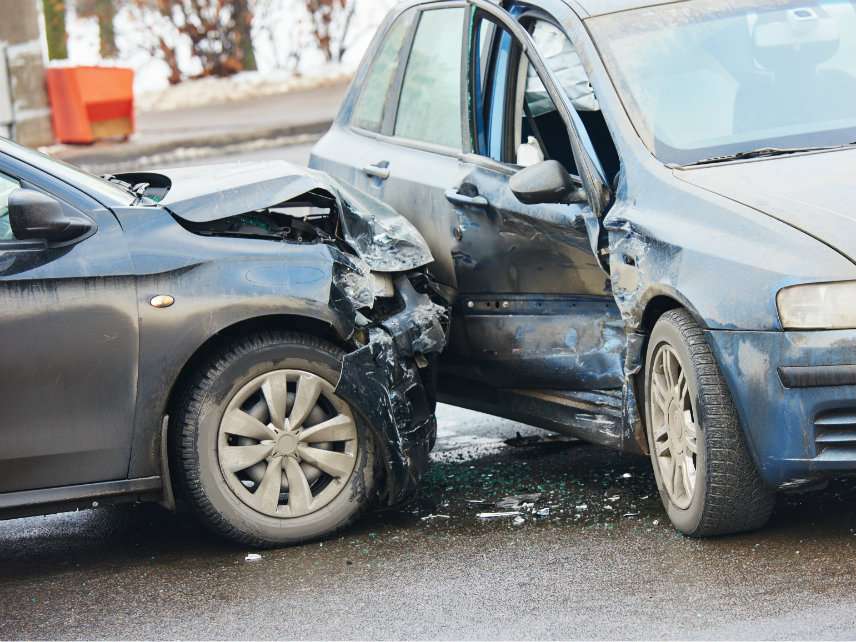Miami Sees 65 Percent Drop in DUIs, Thanks in Part to Ridesharing
But other cities want to crack down on the services anyway.

DUI arrests have plummeted in the Miami area. The Miami Herald reports that activists and public safety officials are giving partial credit to ridesharing services.
"Ride-sharing has definitely impacted things," Lt. Joaquin Freire, who commands the city's traffic enforcement unit, tells the Herald. "There's always an Uber around."
"We know it's had an impact," adds David Pinsker of Florida's Mothers Against Drunk Driving branch. "I can say that certainly."
Drunk driving arrests made by the Miami-Dade County police force are down some 65 percent, falling from over 1,500 in 2015 to 594 in 2017. Arrests by Miami city police have fallen by a smaller but still significant 35 percent from 2015. (Uber and Lyft both started operating in the city in mid-2014.)
The drop in arrests has come hand-in-hand with safer roads. Forty-two fewer people died on Miami's roads in 2017 than did in 2015. And though the raw number of traffic accidents has ticked up slightly in Miami-Dade County—not surprisingly, given the growth in both population and vehicle miles travelled—traffic injuries are down in real terms.
Correlation does not equal causation, of course; many factors could be contributing to the fall in both DUIs and traffic fatalities. Nevertheless, there are good reasons to think that ridesharing can claim a good deal of responsibility.
According to a February 2018 study from the Shared Use Mobility Center, Uber and Lyft use is at its peak during nights and weekends, when drivers are more likely to be both drunk and bereft of public transit options. Being able to summon a car at the touch of a button no doubt keeps a lot of these weekend warriors from getting behind the wheel.
A similar phenomenon can be observed at the national level. Drunk driving deaths have fallen from a high of .45 deaths for every 100 million vehicle miles travelled a decade ago to .33 deaths for every 100 million vehicle miles travelled today.
Academic research is also increasing suggesting that ridesharing brings down alcohol-related crashes in most cities.
A 2016 study on the topic found no relationship between the number of drunk driving fatalities and the introducing of rideshare services in 100 cities across the country. But this study depended on data from 2009 to 2014, just as ridesharing was really taking off and before the fall in DUI arrests in late-adopting cities like Miami.
Subsequent investigations have turned up significant safety improvements. A 2017 study, for example, looked at crash data from four cities—Portland, Reno, Las Vegas, and San Antonio—where Uber and Lyft experienced month-long pauses in their operations. They found a 60 percent decline in crashes in Portland when ridesharing returned, and a 40 percent decline in San Antonio. Researchers found no effect in Las Vegas or Reno. (That may be because those cities are big tourist destinations, where most drunks are out-of-towners choosing between an Uber and a cab, not an Uber and their personal vehicle.) And a 2017 working paper from the City University of New York attributed a 23 to 35 percent decline in alcohol-related collision rates to the introduction of ridesharing in New York City.
Yet more and more cities are looking to restrict these services. Washington, D.C., upped its tax on rideshare trips by 500 percent in June, justifying the move in part as a way for Uber to pay for the increased congestion it has allegedly caused. San Francisco politicians are trying something similar. In New York City, political will is increasingly coalescing behind a proposal to cap the number of rideshare vehicles.
The main effect of such measures will be to limit people's transportation options. To the extent that this applies to people who've had a few too many while out on the town, that will likely mean more intoxicated people getting behind the wheel—and, thus, more accidents.
Rent Free is a weekly newsletter from Christian Britschgi on urbanism and the fight for less regulation, more housing, more property rights, and more freedom in America's cities.


Show Comments (21)